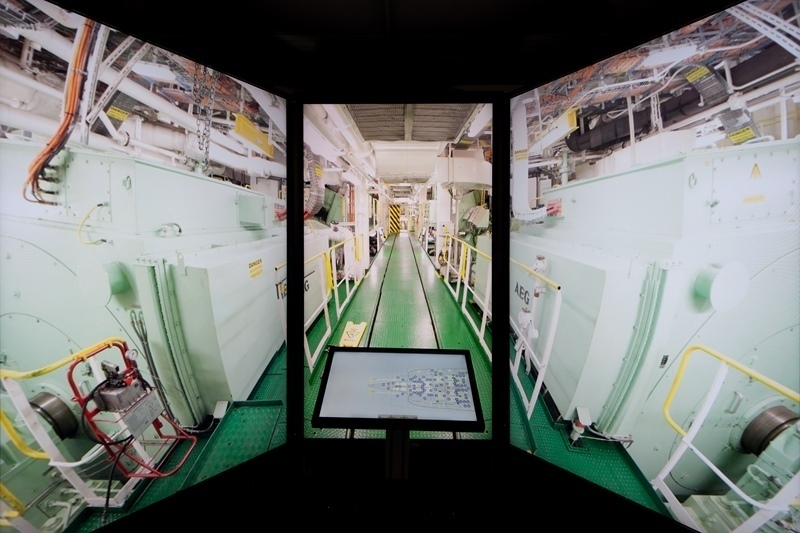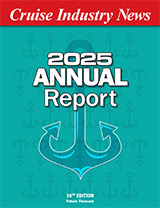 Carnival Corporation’s bridge training facility in Almere, the Center for Simulator Maritime Training (CSMART), has quietly expanded into engineering in a big way and has even larger plans on the horizon.
Carnival Corporation’s bridge training facility in Almere, the Center for Simulator Maritime Training (CSMART), has quietly expanded into engineering in a big way and has even larger plans on the horizon.
Bridge simulators have been training officers to re-think management and roles in ship navigation, and since 2012, the same has been going on for the engine room staff across Carnival’s 10 brands.
CSMART, under the direction of Hans Hederstrom, managing director, has two full-mission engine control rooms onsite, with four associated machinery outstations that represent a ship’s engine room, along with 16 part-task classroom-based engine room simulators.
“The full-mission engine control room simulators facilitate exercises in all phases of engine control room and engine room operation,” said Paul Fairbrother, director, engineering training at CMSART. “The control room has four ground-breaking interactive multimodal machinery outstations that represent the systems and equipment in the engine room.”
Unlike other training facilities, the simulator is modeled after the Emerald Princess.
“The control rooms have all of the equipment (some of it represented virtually), control stations and functionality of a real vessel,” Fairbrother said.
Better yet, outstations allow class participants to “walk” around a virtual video representation of the actual engine room, using the same technology as Google Street View.
According to Fairbrother, the single core purpose of the engine room simulators is to “facilitate the change in operational methodology, moving from rank-based to role-based methodology, and to implement human factor training.”
Exercises have to be believable, realistic, and they need to stretch the participants, but not to the point that they feel they have failed, as this is a major de-motivator.
“One of the most important techniques used is the way we give feedback. After an exercise, we ask the participants to critique their performance, and they are almost always harsher on themselves than we would be,” explained Fairbrother. “The instructor is always sure to point out all the areas where participants did well and discuss the areas that require improvement.
The Almere facility is quickly expanding as a new building will be up in 2016, doubling the number of simulators.
A high voltage plant is also in the plans, which will allow instructors to train the onboard teams in high voltage equipment procedures and operations.
“This will be delivered by representing a small section of a vessel’s switchboard with physical hardware, which will be linked into the simulator,” Fairbrother advised.
And there is more; a technical training room will allow CSMART to train in analytical and diagnostic tools to monitor and assess machinery, carry out routine tests of system fluids and respond appropriately, and also set up and test control equipment such as sensors and remote stations on a vessel.
Excerpt from Cruise Industry News Quarterly Magazine: Spring 2014



